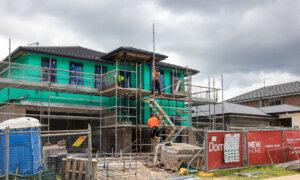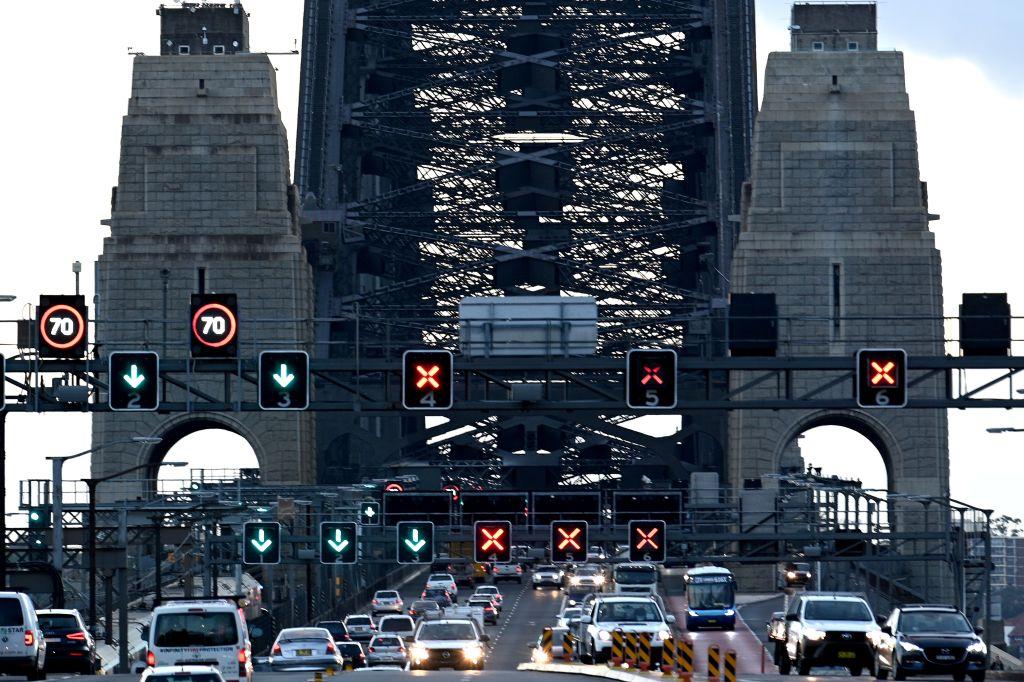Climbing property prices have taken the average owner-occupier mortgage to a record high of almost $636,600 (US$414,000).
The average loan size gained another 1.7 percent nationally in June, as Aug. 2nd’s Australian Bureau of Statistics (ABS) numbers show, buoyed by swelling housing values from mid-sized capitals.
Dwelling prices in Brisbane, Perth, and Adelaide have been rising strongly, keeping values moving higher nationally even as real estate markets in Sydney and Melbourne weaken, CoreLogic data showed earlier this week.
RateCity research director Sally Tindall said the average new mortgage for an owner-occupier had jumped by almost $154 (US$100) a day over the past 12 months.
“On a 30-year mortgage, you can basically double that figure when adding in interest costs,” she said.
The average loan is now about $56,360 (US$36,700) higher than a year ago.
In Western Australia, the average mortgage for owner occupiers had gone up by almost $100,000 (US$65,100) in a year.
“It’s incredible to think this has unfolded under the weight of a rising cash rate,” Tindall said.
While there were “seemingly no shortage of buyers prepared to up their bids at heated auctions in key capital cities”, first-time buyers were more likely weighed down by rising property prices and interest rates, she said.
The number of new first-home buyer mortgages tracking was subdued, with 9947 loans in the month.
Overall lending had increased in June, the bureau’s data shows.
The total value of lending to property investors, owner-occupiers and first-home buyers rose 1.3 percent over the month, which followed a 1.7 percent slide in May.
Housing lending is now 19.1 percent higher compared with a year earlier.
ABS head of finance statistics Mish Tan said investor lending growth continued to outpace loans to owner-occupiers.
In June, owner-occupier loans rose 0.5 percent to $18.2 billion (US$11.9 billion), while investor loans gained another 2.7 percent, to $11 billion (US$7.2 billion).
“The total value of new investor loans was 30.2 percent higher compared to a year ago, while for owner-occupiers it was 13.2 percent,” Tan said.
Oxford Economics Australia senior economist Maree Kilroy said the tight rental market and higher gross rental yields were helping to stoke investor demand.
“The spread between owner-occupier and investor mortgage rates has also progressively tightened with banks competing for market share,” she said.
New investment loan growth was driven by New South Wales (NSW), up 27.3 percent or $901 million (US$587 million), Queensland, up 34.5 percent or $587 million (US$382 million), and Western Australia, up 56.7 percent or $428 million (US$278.7 million).
Victoria logged a more muted 9.4 percent increase, which Kilroy said reflected policy tweaks towards investors.







